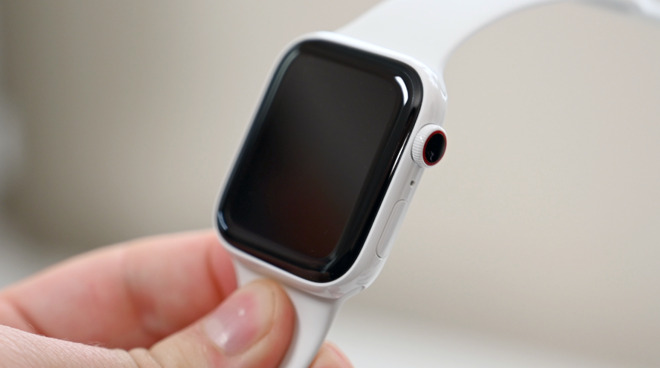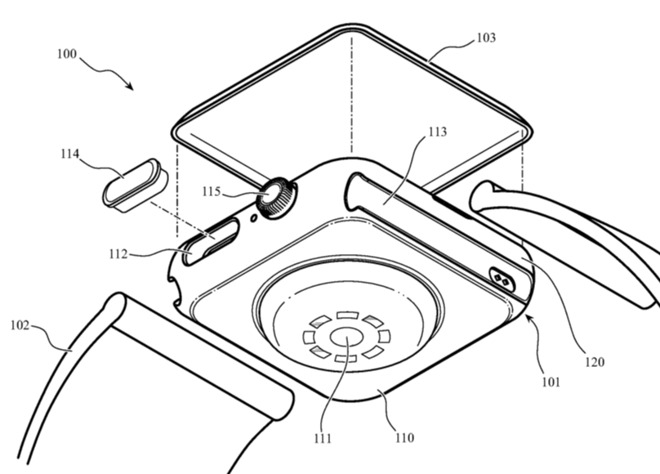While the device's chief components would remain the same, future Apple Watches may come with a housing that is made in part from plastic and ceramic fibers.

This is a ceramic Apple Watch Series 5. Future ones may use a cheaper ceramic fibre weave for the main body
Apple is looking to expand its base of Apple Watch users by working toward a version that should be cheaper to produce than the previous models which typically used stainless steel or aluminum. So far the Apple Watch has been presented with the same internal design, but a housing made from anything from that previously mentioned aluminum to titanium and even gold in the first version. The proposed new housing would be chiefly made from ceramic fibers.
Ceramic fibers are different to the ceramic casings Apple has occasionally used on the Apple Watch. Typically it's a material that is used in insulation, or in reinforcing other materials. A new patent application proposes using a weave made of ceramic fibers to produce a housing that is strong enough to protect the Watch, but cheaper to produce.
The application, "Ceramic Weave for Low-Cost, Structural, Antenna-Permeable Watch Case," explains why the choice of material for a housing is important.
"Certain materials can provide a desired level of performance with respect to some properties, but not others," it says. "For example, a metal housing can be strong and tough, but can provide varying levels of electromagnetic shielding. A plastic housing can be electromagnetically transparent, but can have lower levels of strength, toughness, and abrasion resistance. Ceramic materials can be stronger than plastic, but can be more expensive to form and machine."

Detail from the patent showing the Apple Watch housing as distinct from the front face
Equally of concern to the strength of the housing and of the cost to make it, is this business of being able to successfully pass radio or electromagnetic signals through it. The solution to getting the optimum results for the optimum cost, suggests Apple, is to use a composite material.
"In some cases, the ceramic material can include ceramic fibers that can be arranged in a pattern, such as a weave pattern," it continues. "A matrix material, such as a resin or epoxy, can partially, substantially, or entirely surround the ceramic fibers such that the ceramic fiber weave can be embedded in the matrix material."
"In some cases, the ceramic fibers can serve to amplify or reduce interference, attenuation, or shielding of wireless signals received or transmitted by the antenna."
The majority of the patent application takes this central idea and then details many specifics concerning what elements of a housing could be made from this material. It also goes into detail about how the whole device could be assembled, and how different components could be manufactured.
"A composite component, as discussed herein, can be or can form all or a portion of a component, such as a housing, for an electronic device," it concludes. "The composite component can also be or form any number of additional components of an electronic device, including internal components, external components, cases, surfaces, or partial surfaces."
So it's possible that different elements of a future Apple Watch, including its internal components, may be supported by this cheaper material. But the overall aim is to reduce the cost of the whole housing, to allow for a cheaper Apple Watch that remains strong enough to withstand reasonable use.